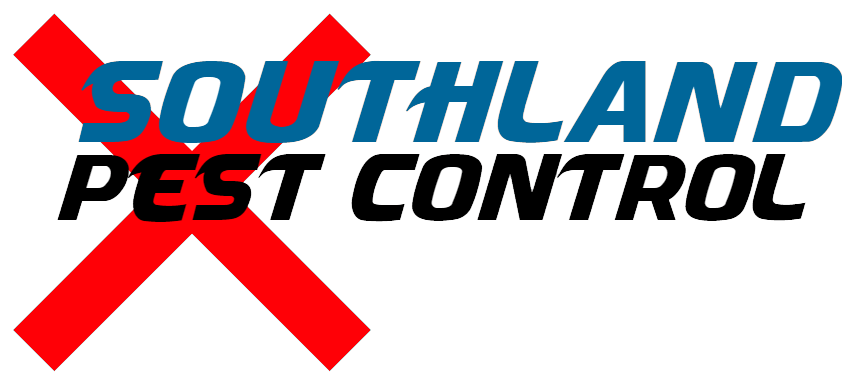Meadow Voles
Meadow Voles in Alberta
When spring arrives and snow melts, to your dismay you could discover small trails of destruction like a roadmap through your lawn. You’ve just now discovered you have a vole problem that potentially developed late fall or early winter. Most of this type of lawn damage by voles is done in the fall, or after the first significant snowfall.

Why the First Snowfall brings Potential for Vole Infestations
Snow provides cover for the grass, as well as moisture. The results of this:
- Snow cover enables voles to move freely without detection
- The moisture under the snow softens the ground, and the vole pathways in your lawn develop over winter.
Once spring melt arrives, the voles may still be present, or potentially have moved on. Either way, you’re left with their damage to repair.
How to Avoid Lawn Damage from Voles
To avoid the mess discussed above, one simple preventative measure is to walk around your yard after the first significant snowfall. This creates somewhat of an ice layer by compressing the snow, which helps prevent tunnelling by voles. This sounds too simple, but it works!
What to do if You Do End Up with an Active Vole Population
Don’t worry, there are methods available to deal with the problem. We have successfully used both trapping and baiting methods to remedy vole activity. Please contact us for more info on how to manage your particular vole squatters.




